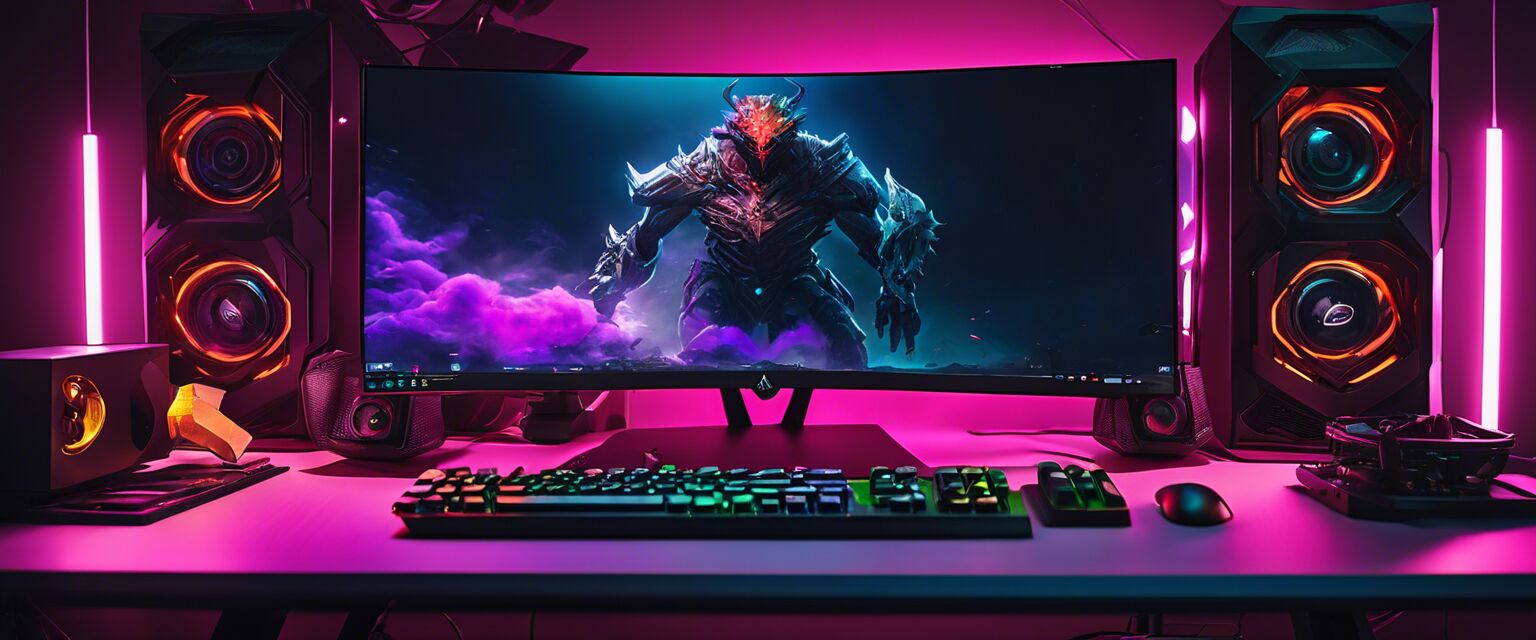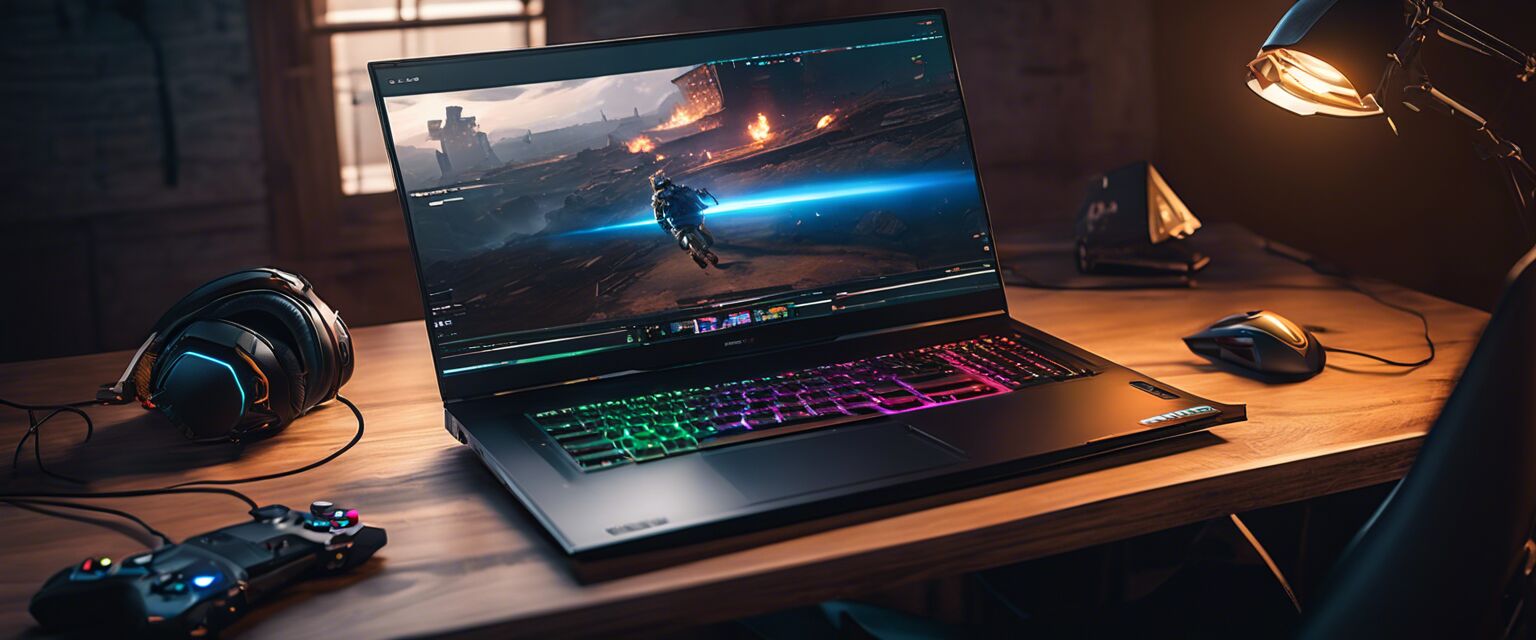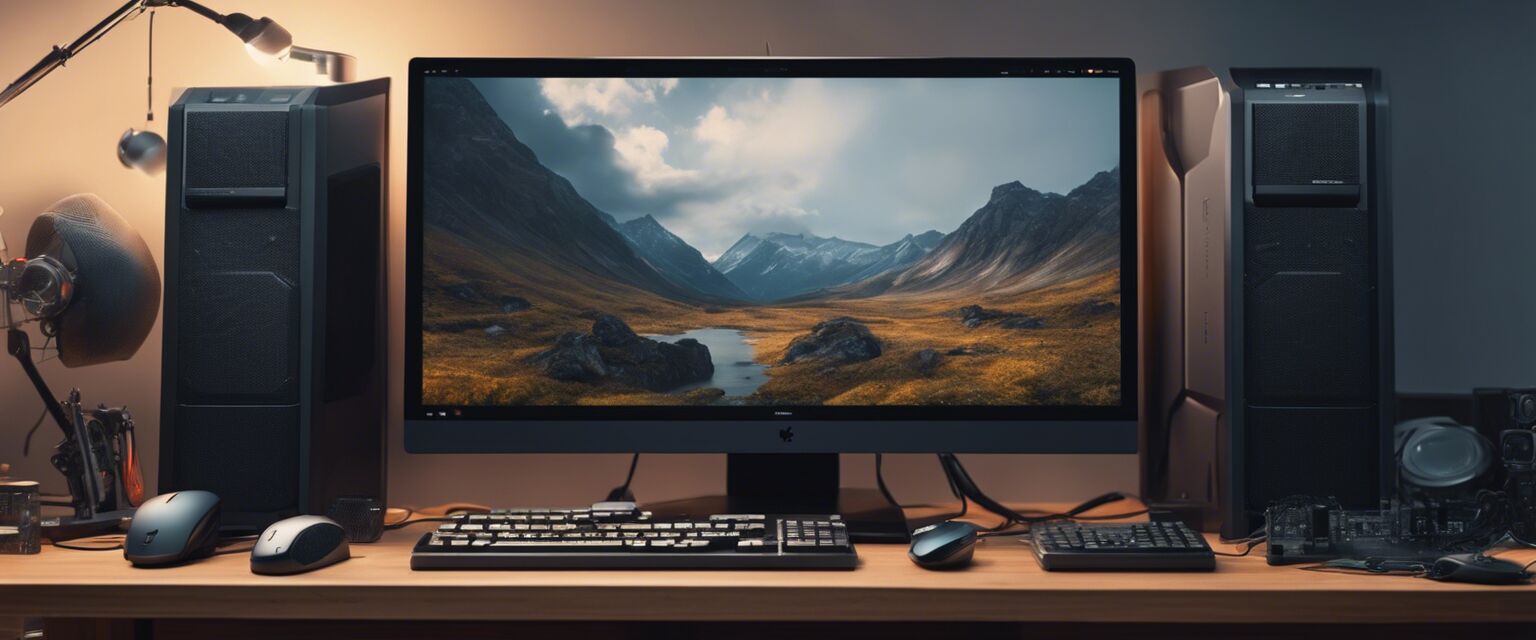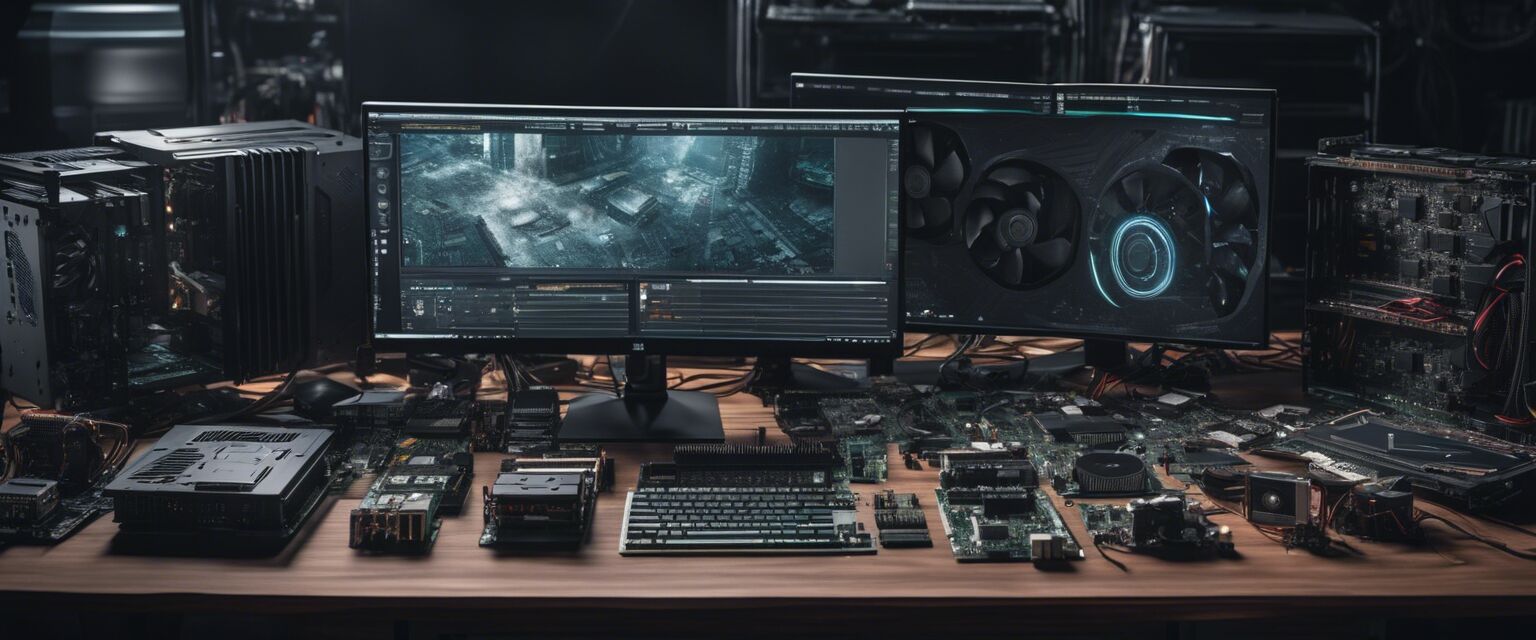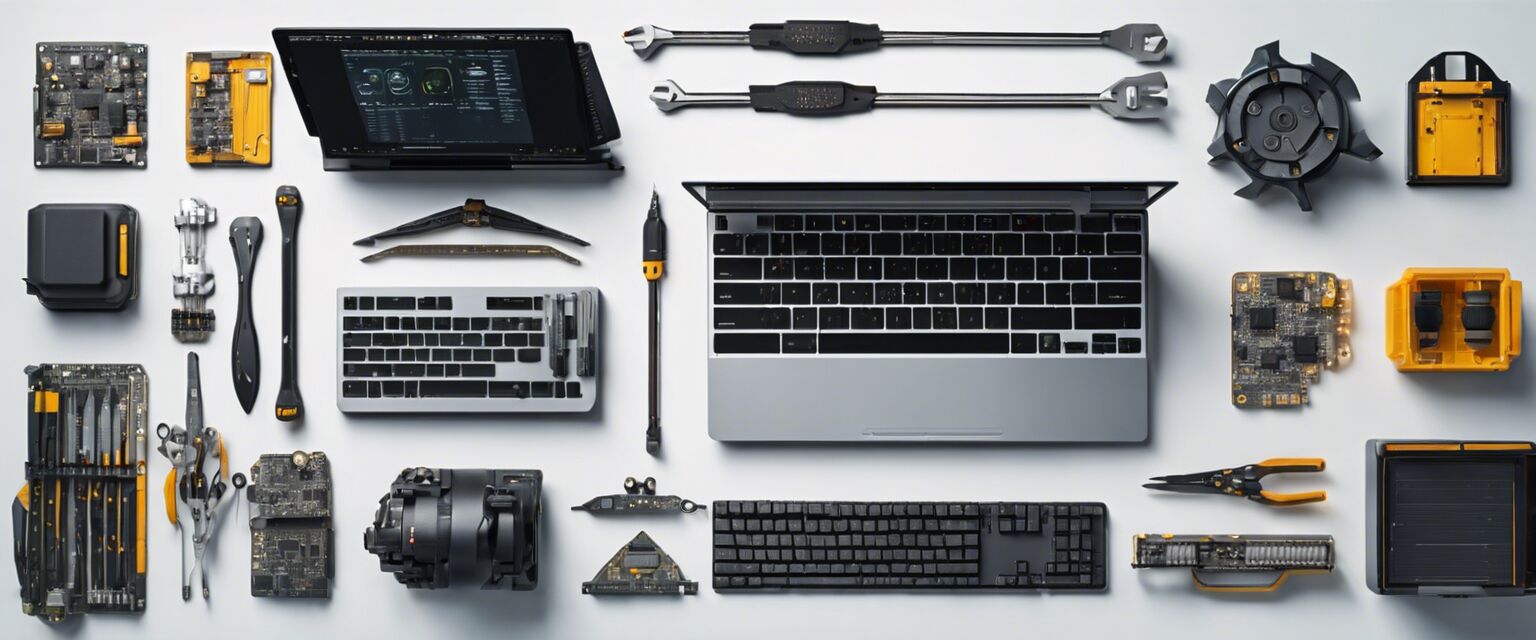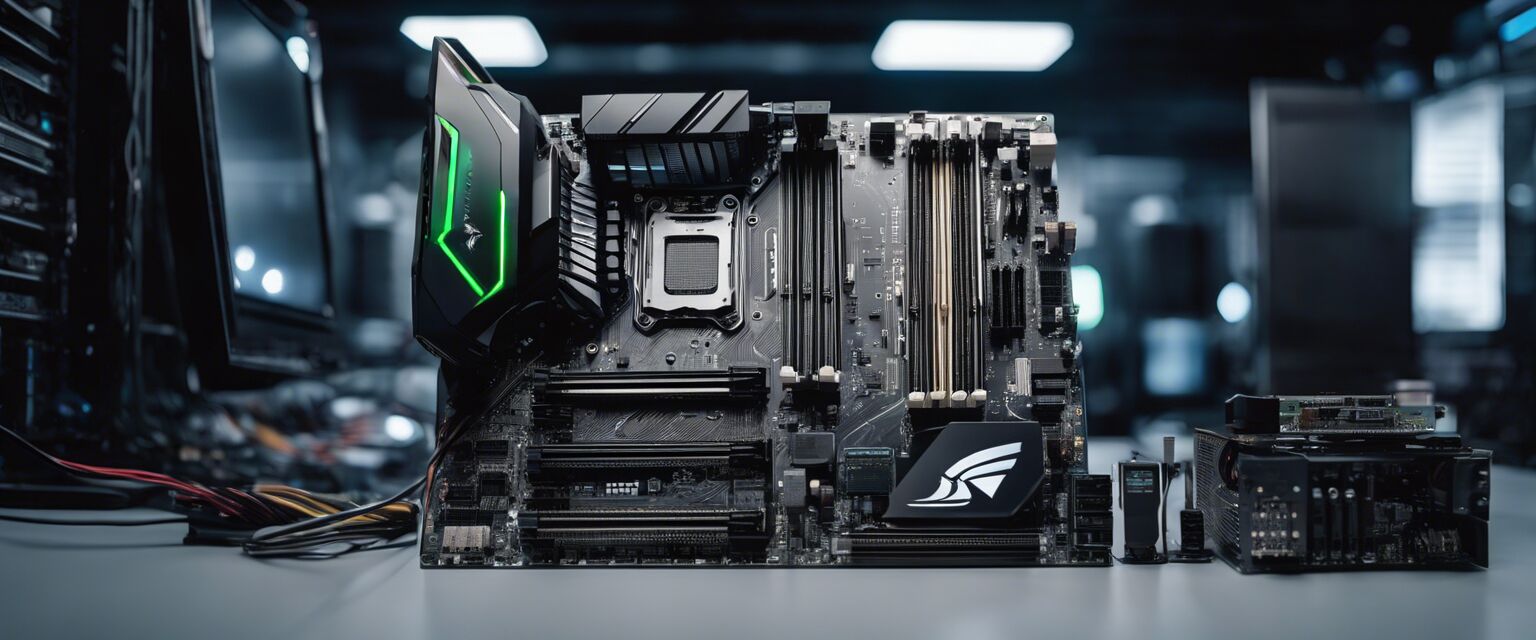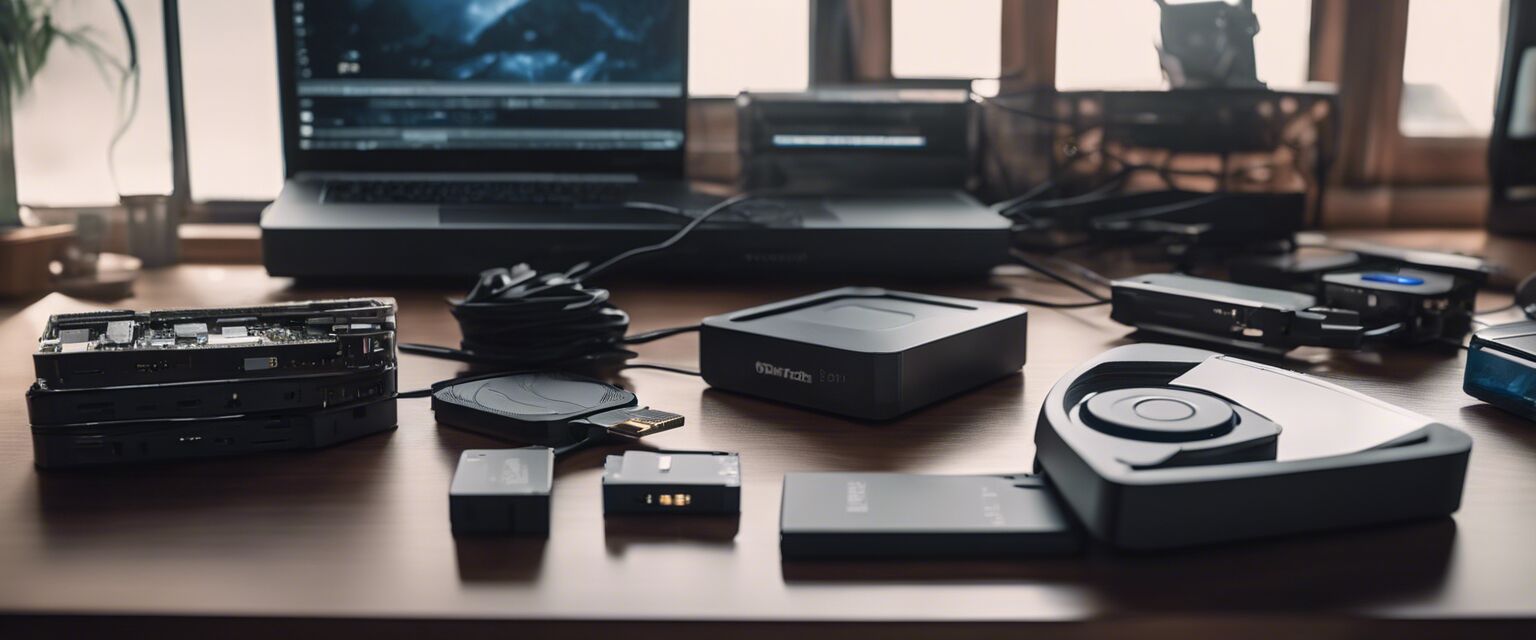
Portable Storage
Key Takeaways
- Portable storage devices come in various forms including SSDs, USB drives, and external hard drives.
- Selection depends on storage capacity, speed, and intended use.
- Understanding different file systems can help in choosing the right device for compatibility.
- Backup solutions are crucial for data security and integrity.
- Portable storage is essential for gamers, professionals, and everyday users alike.
In a world where data is becoming increasingly important, having reliable portable storage is essential. Whether you are a gamer, a professional, or someone who just loves to keep their files organized, understanding the different types of portable storage devices is key. This guide will provide you with all the information you need to make informed decisions about portable storage for your PCs.
Types of Portable Storage Devices
| Type | Storage Capacity | Speed | Best For |
|---|---|---|---|
| USB Flash Drives | Up to 2TB | USB 3.0/3.1 (up to 600 MB/s) | Everyday file transfers |
| External Hard Drives | Up to 18TB | USB 3.0 (up to 160 MB/s) | Large file storage |
| Solid State Drives (SSD) | Up to 8TB | USB 3.1/Thunderbolt (up to 2800 MB/s) | High-speed data transfer |
| Network Attached Storage (NAS) | Varies (up to 100TB+) | Ethernet (dependent on network speed) | Home or small office networks |
Choosing the Right Portable Storage Device
When selecting a portable storage device, there are several factors to consider:
- Storage Capacity: Depending on your needs, choose a device with adequate capacity.
- Speed: For heavy data users, speed is crucial. SSDs are typically faster than traditional HDDs.
- Portability: Consider the size and weight of the device if you need to carry it often.
- Durability: Devices with rugged designs are better for on-the-go users.
- Price: Balance your budget with the features you need.
Common Uses for Portable Storage
Portable storage devices are incredibly versatile. Hereâs how different users might leverage them:
- Gamers: Store game data and save files for easy access across different devices.
- Professionals: Carry work documents, reports, and presentations securely.
- Students: Transfer class notes, assignments, and research materials.
- Photographers: Store high-resolution images and videos from shoots.
File Systems and Compatibility
Understanding file systems is critical when using portable storage devices. Here are some common file systems:
| File System | Compatibility | Max File Size |
|---|---|---|
| FAT32 | Windows, macOS, Linux | 4GB |
| exFAT | Windows, macOS | 16EB |
| NTFS | Windows (macOS read-only) | 16TB |
| APFS | macOS | Unlimited |
Backup Solutions
Utilizing a portable storage device for backups can be a lifesaver. Here are some backup strategies to consider:
- Full System Backup: Use software to create a complete backup of your system.
- Incremental Backups: Regularly back up only the changes made since the last backup.
- Cloud Backup: Use a combination of portable storage and cloud solutions for added security.
Best Practices for Using Portable Storage
Tips for Beginners
- Always safely eject your device to prevent data corruption.
- Keep your storage devices away from extreme temperatures and moisture.
- Regularly update your backup files to ensure you have the latest data.
- Label your devices for easy identification.
Pros and Cons of Portable Storage
Pros
- Convenient for data transfer and sharing.
- Variety of options for different storage needs.
- Portable and easy to use.
- Can serve as an additional backup solution.
Cons
- Risk of loss or theft.
- Limited lifespan compared to other storage solutions.
- Potential for data corruption if not handled properly.
Conclusion
Portable storage devices are vital tools for anyone needing to manage and transfer data efficiently. Whether you choose a USB flash drive, an external hard drive, or an SSD, understanding your requirements and the options available can help you make the best choice. Explore more about the different types of PC accessories and enhance your computing experience.
Related Resources
For further reading, you might find these articles helpful:
